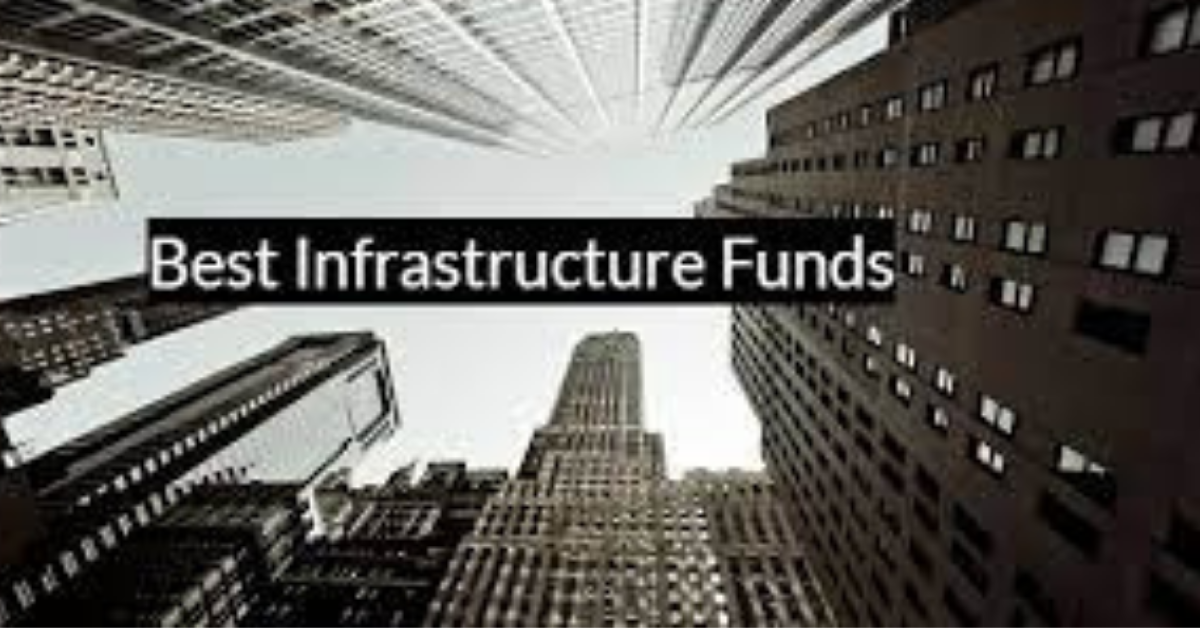Private as well as government funds are focusing on renewable energy infrastructure increasingly. At this rate, renewable infrastructure funds are a new asset class. Besides, the future for this asset class is very bright.
In addition to taking us closer towards a more sustainable future, it comes with several financial benefits. Further, with the increase in demand for clean energy generation and sustainability initiatives, it is now more profitable than ever.
To know more about the advantages of an industrial approach to investing in renewable infrastructure, please keep scrolling.
A Stable Asset Class
Infrastructure, in general, is an established form of investment. Therefore, investing in profitable renewable energy infrastructures such as solar or wind can be a stable option. It comes with ownership of physical components while providing an essential public service.
After completing the construction, these assets perform predictably. For instance, the fuel source of renewable energy infrastructure is always free. Wind energy and solar energy are not subject to market fluctuations like petroleum or other similar resources.
You can gain ROI through fixed and reliable contracts. Additionally, you can earn revenue through long-term trends in the supply and demand of electricity.
You can have long-term and stable dividends while protecting the capital value of the investment. Further, this asset class can provide protection during periods of economic or political turbulence.
Portfolio Diversification
If you want to build a broad and solid investment portfolio, it is better to have as many options as possible. Renewable infrastructure funds are one such option. You can add this investment along with your traditional investments to make it more resilient.
When blended with other asset classes, this can enhance your portfolio’s value. Besides, the aging and retiring of petroleum and coal formations can increase the value of renewable energy assets in the future.

Room for Increase in Profitability
Renewable energy infrastructure, especially wind and solar, has made an exponential gain in terms of profitability. Besides, scientists and engineers are constantly working on this technology to improve its efficiency, further increasing profitability.
For instance, the LCOE (Levelized Cost of Electricity) for utility-scale solar photovoltaic, which was highly uncompetitive, has declined by 20% in just five years. This has made LCOE more viable and attractive than coal in several countries.
Most importantly, improvements in manufacturing processes, in addition to increased mass manufacturing, have considerably reduced production costs. As a direct consequence, the profitability of the renewable energy industry has improved.
Accelerating Transition to Cleaner Energy Generation
By investing in renewable energy infrastructure, you will be working towards a cleaner and greener future. You will be on the road to an increasingly decarbonized energy production system which will have a measurable impact on emission reduction.
Final Takeaway
Renewable energy assets are a stable asset class, and they can help you diversify your investment portfolio. Above all, they can promise enormous profits in the future.
Additionally, it will provide you with an opportunity to participate in the country’s transition to clean energy.
Renewable energy propositions have always had an environmental appeal. However, the technology has been substandard in delivering suitable returns to investors. Now, the times have changed, and the industry is more profitable than many competitive energy industries.
Besides, renewable infrastructure has shifted closer to utility-like investments, and it does not come with risks associated with frontier technologies anymore.
Read Also